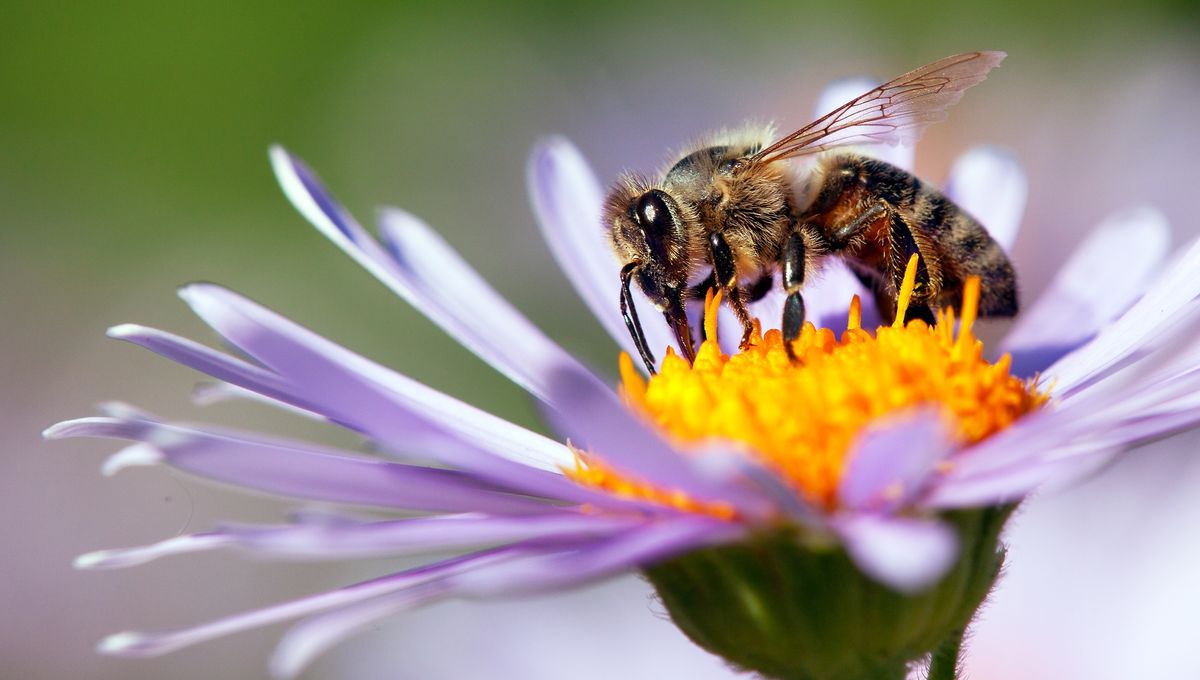The debate over whether it’s possible to smell the rain before it arrives is a hot topic. Just take a quick look at social media and you’ll see that some people are absolutely convinced they can predict rain with their noses, while others remain skeptical. But regardless of your beliefs, there is evidence to support these claims. In fact, there are several factors that contribute to our ability to sniff out rain before it comes, with petrichor being the most significant.
The word petrichor comes from the Greek words “petros,” meaning stone, and “ichor,” the fluid that flowed in the veins of ancient gods. It refers to that familiar and oddly satisfying scent released by the ground after heavy rain, especially following a long dry spell. The term was coined in 1964 by mineralogists Isabel Joy Bear and Richard Thomas.
For many people, petrichor is one of their favorite smells in the world. But until recently, no one was quite sure why we find it so pleasant. Then, in 2020, a team of scientists discovered that the smell is also particularly attractive to other animals.
The reason for this lies in a common soil bacterium called Streptomyces, which produces a compound called geosmin. It is the smell of geosmin that we find so peculiarly appealing. In fact, the human nose is so adept at detecting trace amounts of this compound that it even outperforms sharks’ ability to smell blood in water. The bacteria produce geosmin to attract critters, such as insects and other invertebrates, as well as larger animals. These creatures become covered in the bacteria’s spores and then disperse them over wider distances.
When it rains, as researchers demonstrated in 2015, water droplets impact the ground and create pockets of air in its pores. These pockets burst out of the water, becoming tiny aerosols that carry traces of whatever was on the ground, including geosmin. These aerosol particles can be whipped up by the air and carried great distances, even miles ahead of the rainclouds themselves. It is likely that people are detecting these aerosol particles when they smell rain on the horizon. This phenomenon may also explain why bacteria have been found high in the atmosphere, as the winds sweep up these tiny microorganisms.
Another factor contributing to the smell of approaching rain is the presence of ozone in the wind. Ozone has a sweeter scent compared to the slightly earthy smell associated with petrichor.
Ozone, composed of three oxygen atoms, gets its name from the Greek word “ozein,” meaning “to smell.” It is a naturally occurring gas but can also be produced by man-made fertilizers or other pollutants. It can be generated by an electrical charge, such as a lightning strike or an artificial source, which separates nitrogen in the atmosphere from oxygen molecules. Some of these molecules recombine to form nitric oxide, which can sometimes turn into ozone after reacting with other chemicals in the atmosphere.
The scent of ozone in the air can indicate that heavy rain is approaching, as a downdraft from the thunderstorm brings ozone to ground level where it can be detected by humans.
So the next time you step outside on a fresh day and catch a whiff of something damp and intriguing on the wind, you’ll know it’s probably time to grab an umbrella, just in case.
All “explainer” articles are fact-checked and confirmed to be accurate at the time of publishing. Text, images, and links may be edited, removed, or added to in order to keep the information current.








